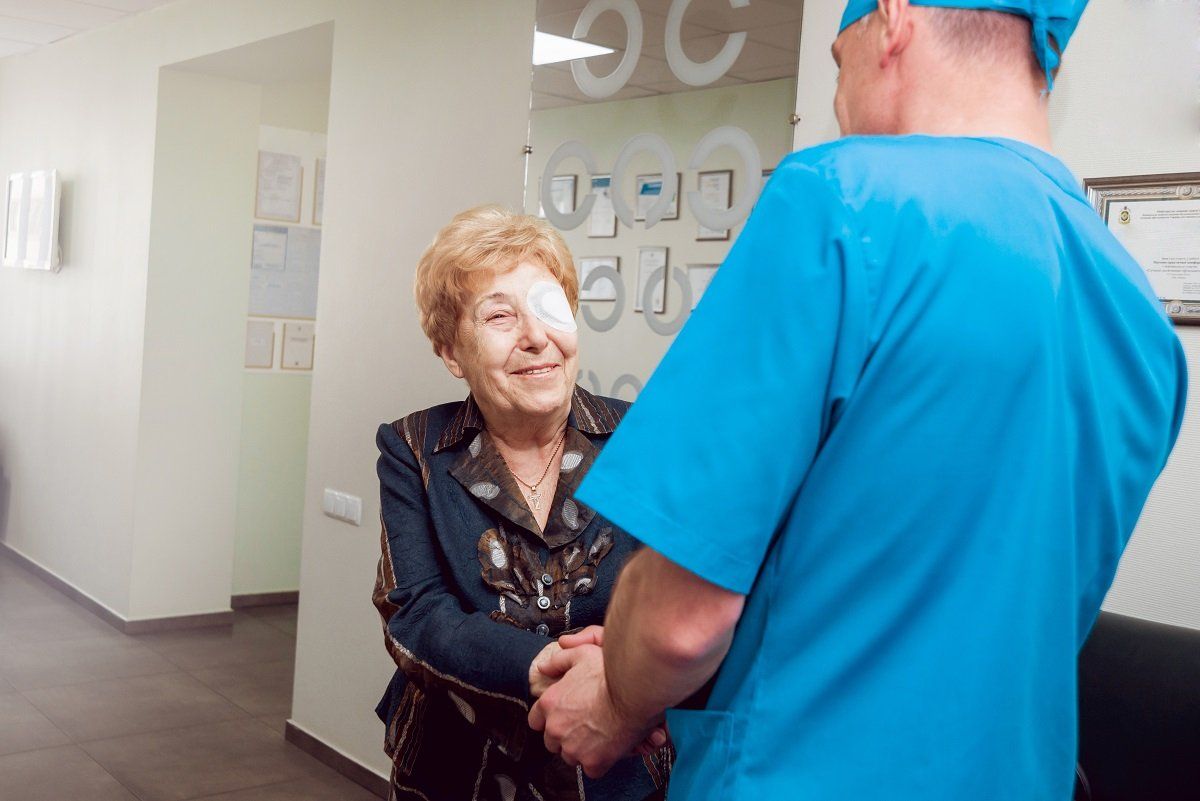Your trusted local source of superior eye care for you and your family.
Cataract Surgery to Clear Cloudy Vision

Cataracts are among the leading causes of vision loss among Americans over the age of 50. Over time, the lens of the eye may begin to break down, developing a cloudy appearance that begins to obstruct the vision. Without treatment, people affected by cataracts can eventually lose their vision completely. Dr. Gregory Cox performs cataract surgery to restore clarity to vision by removing the natural lens from the eye and replacing it with an artificial implant. This surgery is among the safest and most effective medical procedures currently available. Serious complications are extremely rare.
About Cataract Surgery
To treat most cataracts, Dr. Cox breaks up the clouded lens using gentle pulses of ultrasonic energy before removing the lens pieces through a small incision in the clear tissue of the eye which is called the cornea. In rare cases, he may remove the entire lens and the capsule that contains it whole.
Once the lens has been removed, Dr. Cox replaces it with an artificial intraocular lens (IOL). There are many lens designs available, but all of them can provide clear, sharp vision free from the clouding and obstruction of cataracts. The entire cataract removal and lens replacement procedure usually takes less than an hour under local anesthesia.
Recovering from Cataract Surgery
Dr. Cox offers detailed instructions to all patients recovering from cataract surgery. Most patients enjoy significantly improved vision within a few days of the procedure, and discomfort is typically minor enough to be managed with over-the-counter medications such as ibuprofen.
It is important to avoid certain activities while recovering from cataract surgery. In particular, patients should avoid strenuous activities such as exercise and heavy lifting, as these activities can increase blood pressure in the eyes and cause complications. Patients should also avoid rubbing or touching the eyes during the healing process. Full healing generally takes several weeks.

Monday - 8:30 - 5:30
Tuesday 9:00 - 5:00
Wednesday 8:30 - 5:30
Thursday 9:00 - 5:00
Friday 9:00 - 4:00
Copyright © 2023 Dr. Gregory Cox. All Rights Reserved.
